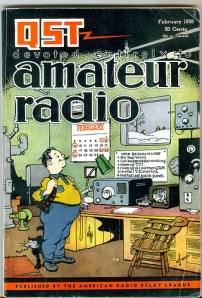This morning, the Facebook “Memories” feature presented me with a variety of beautiful pictures our Communications Technology students shared with me after returning from the Introductory Seminar Outing to Hirschegg in the Austrian Alps. While I normally enjoy this feature, it left me with considerable melancholy today.
You see, there is no outing this year. And I don’t participate in the introductory seminar either. The latter is my own choice, the former I believe is a mistake.
While we did present (hopefully important) information on the German educational system in general and the Master program more specifically, the outing presented a much more important message: that we wanted to be a close-knit community of people from very different cultures, with very different beliefs, who form friendships that last well beyond graduation.
We hiked, we sang, we danced and played on occasion, we presented impromptu talks on our home countries. Well, some even brought food, dessert mostly, to augment the arguably somewhat simplistic fare at the lodge. For many, it was the first time to experience the high mountains and the snow. We experienced how hard it is to walk up a snow covered slope, and on occasion sank into the white stuff up to our hips.
And the discussions at night. I personally learned so much about where our students come from, their faith, their attitudes toward life. I discovered young men and women with an incredible breadth of knowledge, who came from Asia and Africa and knew more about European history and philosophy than many Europeans.
I am sure there are reasons that the outing is no more, just as there were reasons I decided to step down as the program director in 2014 after 17 years. My reasons were both professional (new responsibilities) and emotional. But I will keep the hope alive that the “Hirschegg Outing” only took a hiatus and will be back next year.





